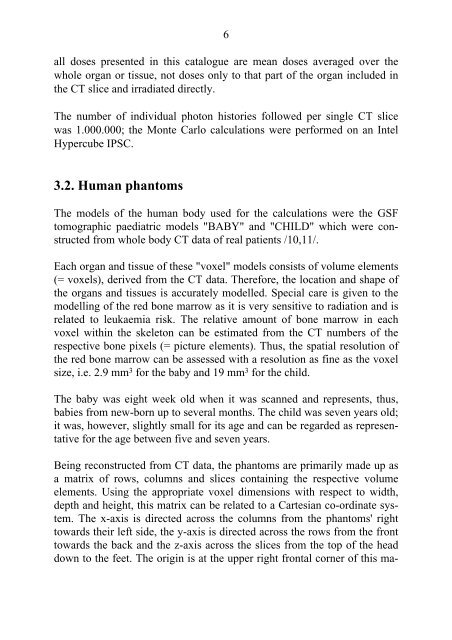Table B.25: Red bone marrow in the whole body - Helmholtz ...
Table B.25: Red bone marrow in the whole body - Helmholtz ...
Table B.25: Red bone marrow in the whole body - Helmholtz ...
Create successful ePaper yourself
Turn your PDF publications into a flip-book with our unique Google optimized e-Paper software.
6<br />
all doses presented <strong>in</strong> this catalogue are mean doses averaged over <strong>the</strong><br />
<strong>whole</strong> organ or tissue, not doses only to that part of <strong>the</strong> organ <strong>in</strong>cluded <strong>in</strong><br />
<strong>the</strong> CT slice and irradiated directly.<br />
The number of <strong>in</strong>dividual photon histories followed per s<strong>in</strong>gle CT slice<br />
was 1.000.000; <strong>the</strong> Monte Carlo calculations were performed on an Intel<br />
Hypercube IPSC.<br />
3.2. Human phantoms<br />
The models of <strong>the</strong> human <strong>body</strong> used for <strong>the</strong> calculations were <strong>the</strong> GSF<br />
tomographic paediatric models "BABY" and "CHILD" which were constructed<br />
from <strong>whole</strong> <strong>body</strong> CT data of real patients /10,11/.<br />
Each organ and tissue of <strong>the</strong>se "voxel" models consists of volume elements<br />
(= voxels), derived from <strong>the</strong> CT data. Therefore, <strong>the</strong> location and shape of<br />
<strong>the</strong> organs and tissues is accurately modelled. Special care is given to <strong>the</strong><br />
modell<strong>in</strong>g of <strong>the</strong> red <strong>bone</strong> <strong>marrow</strong> as it is very sensitive to radiation and is<br />
related to leukaemia risk. The relative amount of <strong>bone</strong> <strong>marrow</strong> <strong>in</strong> each<br />
voxel with<strong>in</strong> <strong>the</strong> skeleton can be estimated from <strong>the</strong> CT numbers of <strong>the</strong><br />
respective <strong>bone</strong> pixels (= picture elements). Thus, <strong>the</strong> spatial resolution of<br />
<strong>the</strong> red <strong>bone</strong> <strong>marrow</strong> can be assessed with a resolution as f<strong>in</strong>e as <strong>the</strong> voxel<br />
size, i.e. 2.9 mm 3 for <strong>the</strong> baby and 19 mm 3 for <strong>the</strong> child.<br />
The baby was eight week old when it was scanned and represents, thus,<br />
babies from new-born up to several months. The child was seven years old;<br />
it was, however, slightly small for its age and can be regarded as representative<br />
for <strong>the</strong> age between five and seven years.<br />
Be<strong>in</strong>g reconstructed from CT data, <strong>the</strong> phantoms are primarily made up as<br />
a matrix of rows, columns and slices conta<strong>in</strong><strong>in</strong>g <strong>the</strong> respective volume<br />
elements. Us<strong>in</strong>g <strong>the</strong> appropriate voxel dimensions with respect to width,<br />
depth and height, this matrix can be related to a Cartesian co-ord<strong>in</strong>ate system.<br />
The x-axis is directed across <strong>the</strong> columns from <strong>the</strong> phantoms' right<br />
towards <strong>the</strong>ir left side, <strong>the</strong> y-axis is directed across <strong>the</strong> rows from <strong>the</strong> front<br />
towards <strong>the</strong> back and <strong>the</strong> z-axis across <strong>the</strong> slices from <strong>the</strong> top of <strong>the</strong> head<br />
down to <strong>the</strong> feet. The orig<strong>in</strong> is at <strong>the</strong> upper right frontal corner of this ma-
















